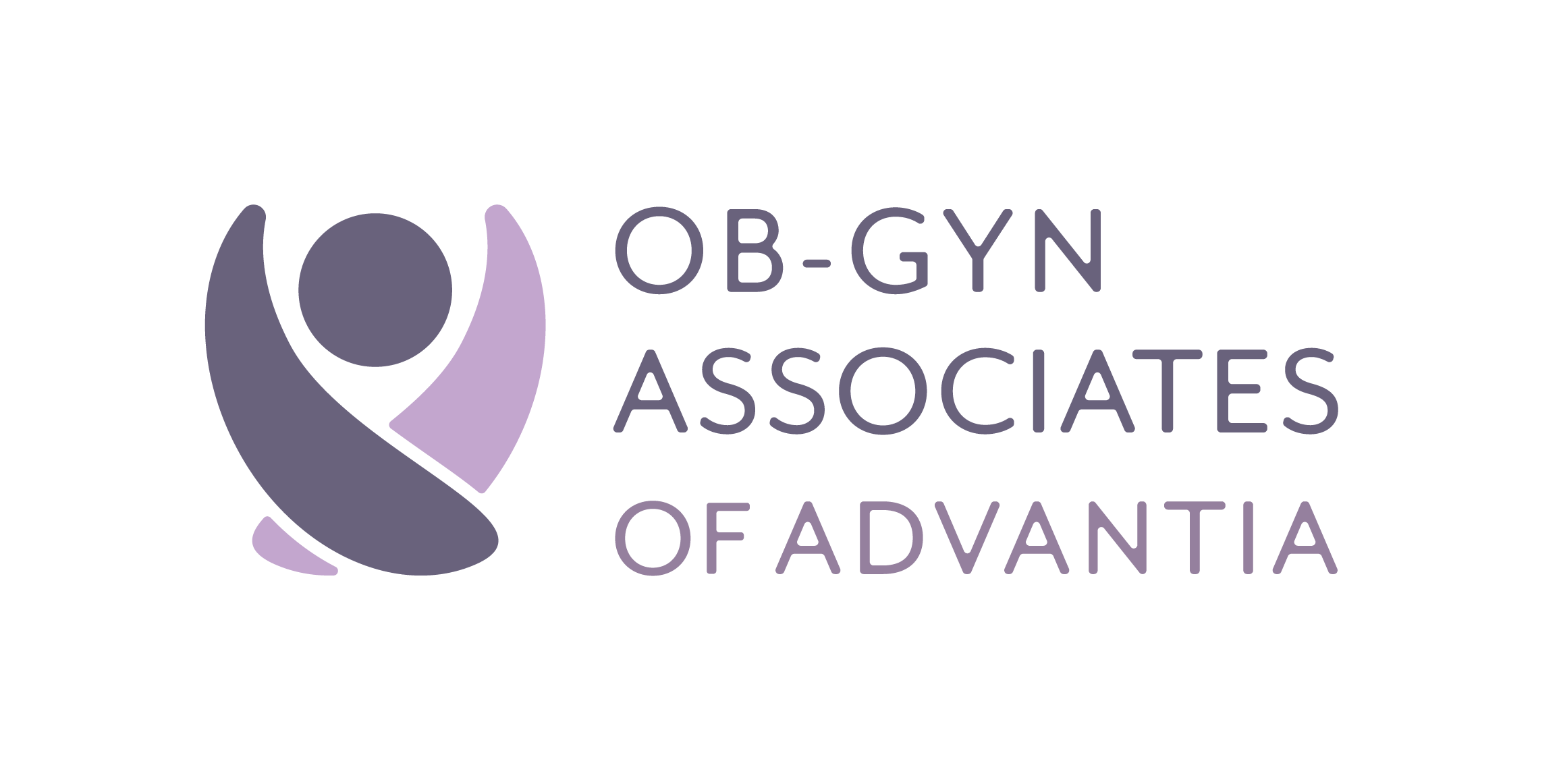
Published on: 28 July, 2025
Read Time: 6 min
Did you know that more than 85% of women experience some form of tearing during their first vaginal delivery? Bringing a new life into the world is an incredible experience, but it’s also natural to have concerns about the process. One common concern for many expecting mothers is the possibility of tearing during delivery.
In this blog, we’ll explore the various aspects of perineal tearing, from understanding the types and degrees of tears to tips on recovery and when to seek medical advice after giving birth. Our goal is to provide you with the knowledge and resources to navigate this aspect of childbirth with confidence. If you have additional questions or concerns, please reach out to your Advantia Health provider.
What Is Perineal Tearing?
During childbirth, the perineum, the area between the vaginal opening and the anus, can sometimes tear or stretch as the baby’s head passes through during delivery. This can occur even if an episiotomy (a surgical cut made at the opening of the vagina during childbirth) is not performed. These tears can range from minor scrapes to more significant tears that involve the anal sphincter muscles.
How Common Are Tears During Vaginal Birth?
Perineal tearing is a common occurrence during vaginal birth. Blake Ferry, Certified Nurse Midwife with Heartland Women’s Healthcare, states that, “Tearing during delivery is very common, and about 85 to 90% of women have some degree of tearing during delivery. But not all tears are severe. Many are superficial and heal without significant medical intervention.”
Types and Degrees of Tearing
Tears that occur during childbirth can vary in severity and are categorized into different degrees, including:
- First-Degree Tears: These tears are superficial and involve only the skin surrounding the vaginal opening. They are the least severe type of tear and typically heal relatively quickly with proper care.
- Second-Degree Tears: These tears extend beyond the skin and may involve the muscles of the perineal area. While more extensive than first-degree tears, they are still manageable and often require stitches for proper healing.
- Third-Degree Tears: These tears extend even further, reaching the anal sphincter muscles. They require more extensive repair and careful postpartum management.
- Fourth-Degree Tears: These are the most severe tears, extending through the anal sphincter and into the rectum. Recovery from a fourth-degree tear often requires close medical attention and a longer healing process.
Understanding the types and degrees of tears can aid in preparing for the potential outcomes and recovery process, providing a clearer understanding of what to expect and how to best manage the healing process.
What Causes Tearing During Delivery?
Several factors can contribute to tearing during delivery. The main cause is the stretching and pressure applied to the perineal tissues as the baby’s head extends through the vaginal opening. Other contributing factors may include the baby’s position, the speed of delivery, and whether an episiotomy is performed.
Risk Factors That May Increase Tearing
While tearing during delivery can occur for various reasons, some factors may increase the likelihood of experiencing a more severe tear. These risk factors can include having a first vaginal birth, a larger baby, the use of forceps or vacuum extraction, and a rapid or prolonged second stage of labor.
Can Tearing Be Prevented?
While not all tears can be prevented, there are measures that can be taken to reduce the likelihood of experiencing a severe tear. These measures may include perineal massage, practicing pelvic floor exercises, and working with your doctor or midwife to develop a birthing plan that provides the best chance for a controlled and supported delivery.
Techniques Used by Providers to Minimize Tearing
Healthcare providers can employ various techniques to minimize tearing during delivery, including:
- Perineal Support: Providers may offer perineal support by applying counter-pressure to the perineum during the pushing phase of labor. This can help to reduce the risk of severe tearing.
- Birthing Positions: Specific birthing positions, such as lying on your side, may be suggested to help optimize the delivery process and minimize the likelihood of extensive tearing.
- Warm Compresses: Providers may recommend the use of warm compresses on the perineal area to help relax the tissues, reducing the risk of tearing during the delivery process.
- Pain Relief Options: Healthcare providers might discuss various pain relief options, such as local anesthesia or pain-relieving medications, to help manage discomfort and potentially reduce the likelihood of extensive tearing.
- Stool Softeners: To aid in postpartum recovery, your provider may recommend the use of a stool softener to make bowel movements more comfortable and to reduce strain on the perineal area during the healing process.
By implementing these techniques, healthcare providers aim to minimize the risk of tearing during childbirth and support a smoother recovery for the mother.
What to Expect if an Episiotomy Is Performed
In some cases, an episiotomy may be performed to aid in the delivery process, especially if the healthcare provider deems it necessary to facilitate the birth. This procedure involves a deliberate incision made in the perineum to widen the vaginal opening, allowing for a smoother delivery of the baby.
Understand that in some cases, this procedure is crucial, but you should always engage in informed discussions with your healthcare providers regarding your birth plan. If an episiotomy is performed, it may impact the recovery process and require additional postpartum care to ensure proper healing.
Healing and Recovery After a Tear
The healing and recovery process following a tear can vary depending on the severity of the tear. For minor tears, simple measures like sitz baths or the use of ice packs can provide relief. More severe tears may require stitches and a longer recovery period. Engaging in proper wound care, avoiding strenuous activities, and staying hydrated by drinking plenty of water are important aspects of the recovery process.
When to Seek Medical Advice After Birth
It’s essential to be aware of the signs and symptoms that may suggest complications and require medical attention. This may include persistent pain, excessive bleeding, or difficulty passing urine. If any concerns arise during the recovery phase, don’t hesitate to reach out to your healthcare provider for guidance and support.
Book An Appointment with Advantia Health!
At Advantia Health, we’re committed to providing comprehensive care for women’s health, including support and guidance through the journey of pregnancy and childbirth.
If you have further questions or concerns about perineal tearing or any other aspect of pregnancy and childbirth, we encourage you to schedule an appointment with one of our experienced healthcare providers. Your well-being and peace of mind are our priorities.





